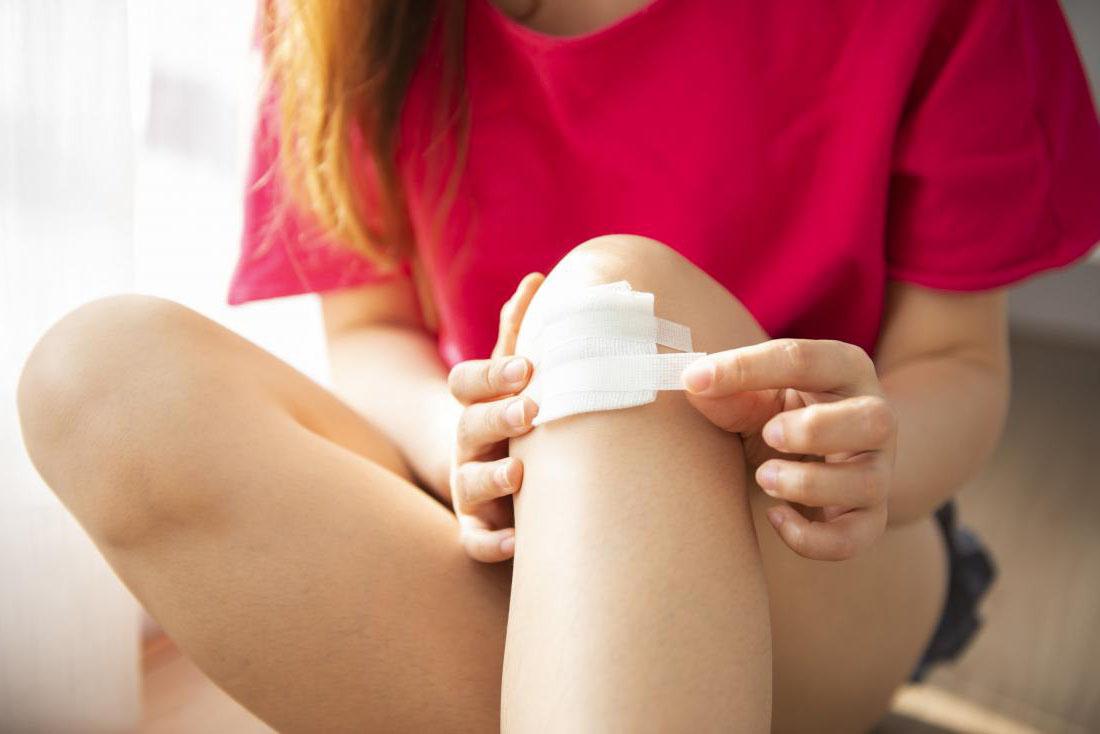Wound Dressings and Wound Care Tips

There is an extreme amount of wound dressing available in the market and many respective ideas to keep in mind when one falls into the pit of choosing a variety of brands. The point of using dressing is improving the capacity of our body to keep wounds clean as much as possible.
For ensuring wound healing and comfort, Hy Tape are available and surely is great for someone who has difficulty to pick starting point of roll or for those who want the convenience of carrying a thin self-contained strip of tape.
If you’ve ever tried seeking an inquiry to a doctor or even browsed through a local medical supply store in your area, you might already be aware of the options for people who are candidates for applying necessary wound dressings.
With a much accessible variety of wound dressings which includes different styles, core materials, and basic usage, it can be difficult to choose the appropriate dressing for your unique wound healing needs. Only after properly assessing the wound characteristics and acquiring knowledge about available products that the “ideal” dressing may be chosen. If you’re baffled upon seeking out for the best option, follow these handy tips for choosing the best dressing:
1. Know your types
While there is an abundance of wound dressing types available, not every dressing might be suitable for your treatment plan. Consider a piece of advice from a doctor to help you look at what matches best for your type of wound.
2. Know what not to use
If you’re having problems selecting your wound dressing, take a deep breath and retrieve all the information you have gathered with regards to it. There is a heap of options, from cleansers to ointments that will add danger than good. For instance, anything with sodium hypochlorite has the possibility to create damage to the capillaries and surrounding cells. Topical antibiotics can end up increasing the resistance capability of some bacterial strains. Even some topical desloughing agents contain streptokinase, which also can lead to a loss of sensation. Oftentimes, it’s really much good to be aware of what to avoid for one to make the right options come into focus.
3. Know what you’re talking about
Doing as much research as possible is advisable. Read abundant FAQ Lists, clinical studies and case studies which are great resources to aid you to understand what goes into diagnosing and treating wounds.
Superficial wounds require local first aid that includes cleansing and dressing, yet, numerous people are not taking the best care of our wounds simply because we’re not adequately aware of how to care for it in the proper way possible. Failure of taking proper care of your wound can delay the healing process. One instance could be is when you deal with administering wound dressing, however, simply plastering a bandage without corresponding covering material that shields the vulnerable sheet from intruding foreign objects is still futile. It may add further harm to the wound itself. When the healing process is stalled, a chronic wound may develop, and this is more likely to occur in patients with underlying medical disorders.
Hy-Tape Pre-Cut Strips does the work for proper caring of wounds preventing infection and speeds the body’s healing process. It protects the bandage from liquids and patched off the dirt that can trigger itch. Wound care requires an understanding of normal wound healing, causes of delays of wound healing, and the management of wounds. Therefore, proper wound care's necessary preventing infection, assuring no other associated injuries, and promote healing of the skin.
Here are some tips to guide your holistic wound healing and prevent further infection:
-
Clean, Clean, Clean. Wash your hands and wear protective gloves (latex or vinyl) when you’re about to deal with wounds. Keep or change those dressings just as you've been instructed. Also, keep surfaces where you'll be changing wound bandages and/or applying topical ointments clean plus disinfected.
-
Antibiotics. While antibiotics may be necessary to fight an infection, they also have the ability to rob your colon of good bacteria that helps cleaning your system. It's worthy to investigate the benefits of eating yogurt or taking acidophilus or a probiotic during the course of antibiotic treatment. You can speak with a nutritionist about supplements as well.
-
Sleep. Your body does most of its healing while you sleep, therefore, it’s advisable to achieve an ample rest. The average adult needs seven to nine hours of sleep each night.
-
Nutrition. Your body is its own best healer for sure. Ask a nutritionist about the benefits of getting vitamins such as C, B and E, calcium and zinc, and the importance of a diet that's high in protein. Amino acids in protein can help build muscles, skin, hormones and your immune system. But you can't get enough from the foods you eat when dealing with stubborn wounds, reasons why keeping yourself to intake foods with nutritional value every single day is highly advisable.
-
Step Safely. The most slow-healing wounds can occur in lower extremities, so it's important to practice daily foot care, especially if you're diabetic.
-
Wear custom-fitted shoes with socks. Shoes that are way too big or too small can cause friction and create blisters.
-
Trim your toenails and maintain proper foot hygiene.
-
If a cut or sore does occur, you must wash it with soap and water before applying a topical antibacterial medication. You should protect wounds with the right size bandages and keep it dry.
Hy-Tape Pre-Cut Strips are 3.17cm x 15.24cm pre-cut, single-use tape strips to accelerate any taping application. Patients can quickly secure their picture framed wounds or ostomy without getting bothered to tear from a roll or use scissors.
For orders in Australia we recommend you to call 1300 859 767 or visit lsrhealthcare.com.au for an arrangement of the most cost-effective shipping method.










